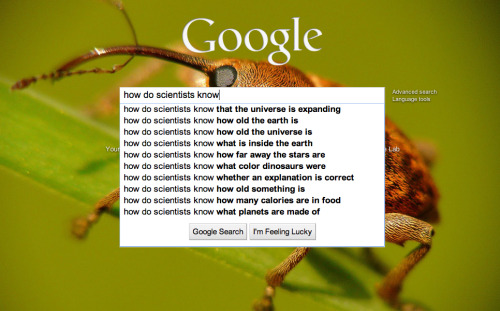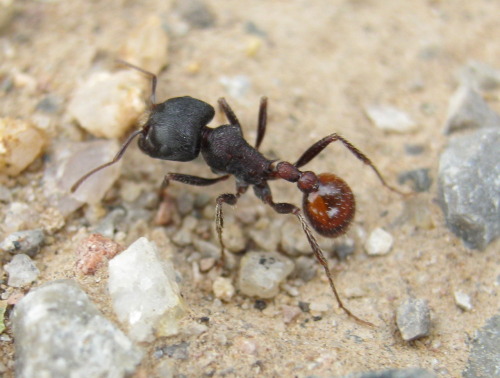Hello Readers. I was unable to update Handsome Science yesterday, and will probably have to skip a science-y update today, due to some changes in my personal life. I had been unemployed for three months when I started this little blog, and had plenty of time each day to research and type up a new post. It worked well for my working style, which is very loose and not fond of specific deadlines (don't tell my new boss!).
However, starting yesterday I've been working at a customer service call center here in town to pay the bills, and the new schedule has thrown my life into a bit of disarray. I'm in training right now, from 3 pm to midnight, which means my time to update HS is limited to "mornings" (about 10 am to 2 pm) or "evenings" (about midnight to 2 am), instead of all day at my leisure. This means I now have to plan my posts ahead if I want to update on time, and I'm not very good at that, but I'm trying.
Soon I will update with a "How We Know" I started work on yesterday on the periodic table of elements, and it should be a good read, when it's ready. Thank you for your patience, and keep checking in! I'm planning on returning to a daily weekday schedule by next week, or I may decide to skip a couple weekdays in favor of adding weekend posts as well, so stay tuned!
-RSR, your Handsome Scientist
However, starting yesterday I've been working at a customer service call center here in town to pay the bills, and the new schedule has thrown my life into a bit of disarray. I'm in training right now, from 3 pm to midnight, which means my time to update HS is limited to "mornings" (about 10 am to 2 pm) or "evenings" (about midnight to 2 am), instead of all day at my leisure. This means I now have to plan my posts ahead if I want to update on time, and I'm not very good at that, but I'm trying.
Soon I will update with a "How We Know" I started work on yesterday on the periodic table of elements, and it should be a good read, when it's ready. Thank you for your patience, and keep checking in! I'm planning on returning to a daily weekday schedule by next week, or I may decide to skip a couple weekdays in favor of adding weekend posts as well, so stay tuned!
-RSR, your Handsome Scientist




